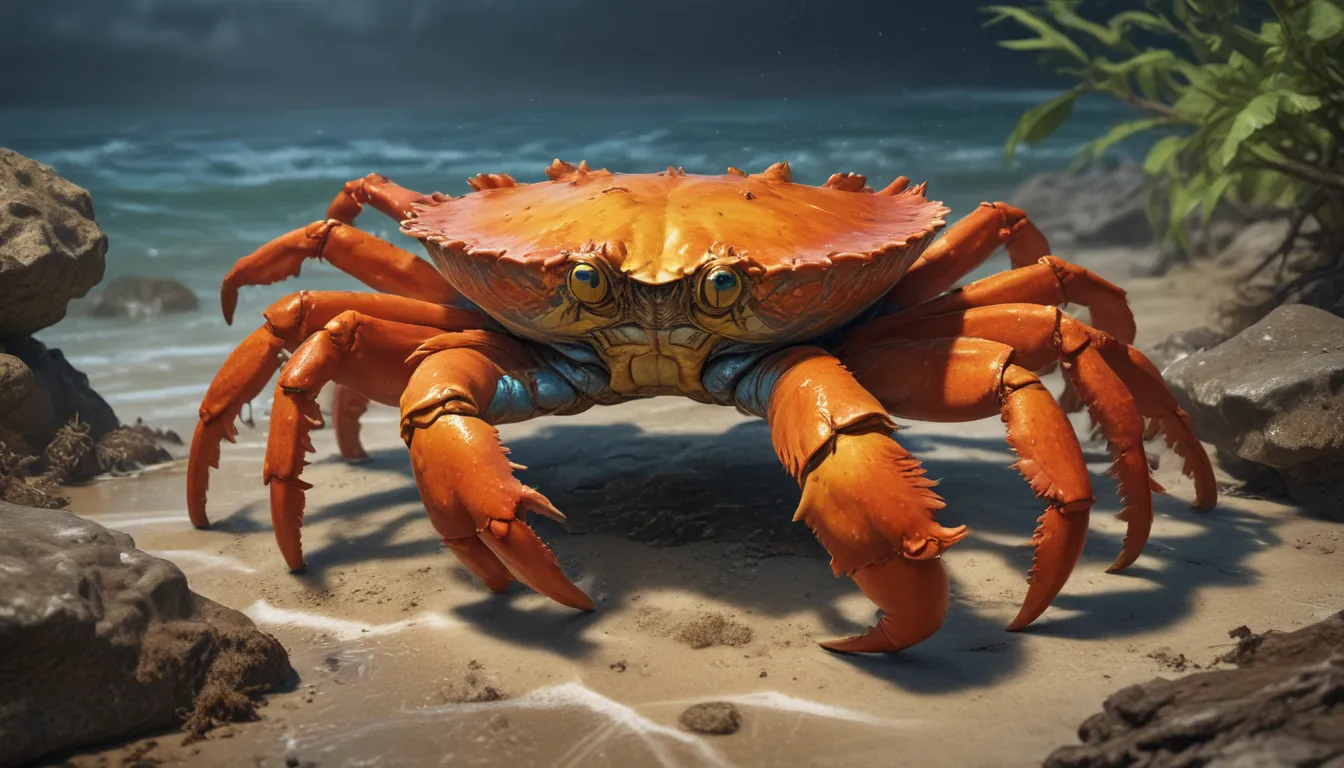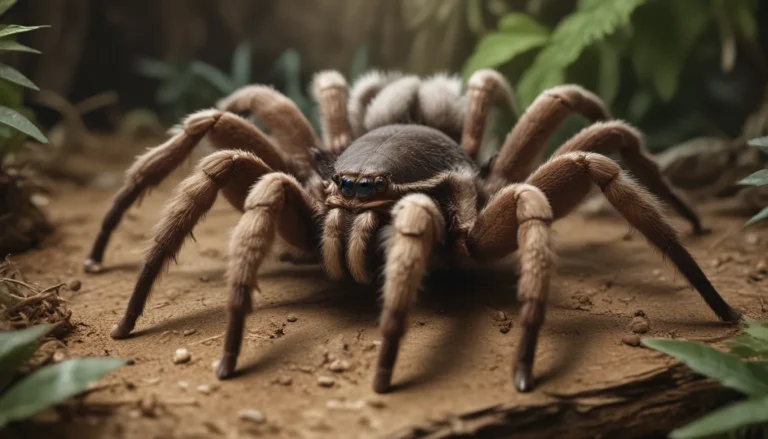The pictures we use in our articles might not show exactly what the words say. We choose these pictures to make you interested in reading more. The pictures work together with the words but don’t take their place. The words still tell you the important facts.
If you've ever had the pleasure of observing the vibrant coastal ecosystems of the Galapagos Islands or other rocky shores along the Pacific Ocean, chances are you've come across the remarkably colorful and agile Sally Lightfoot crabs. These fascinating crustaceans, scientifically known as Grapsus grapsus, are not only a delight to behold but also play a crucial role in their local marine ecosystems. In this article, we'll delve into 20 intriguing facts about Sally Lightfoot crabs, exploring their unique characteristics, behavior, and ecological significance. Join us as we uncover why these captivating creatures deserve our admiration and respect.
Unveiling the World of Sally Lightfoot Crabs
Sally Lightfoot crabs, also known as Grapsus grapsus, are a species of colorful crabs that call the rocky shores of the Galapagos Islands home. Their vibrant appearance, featuring a striking combination of red, orange, yellow, and blue hues, makes them a visually captivating species to encounter.
The Agile and Fearless Sally Lightfoot Crab
Known for their exceptional speed and agility, Sally Lightfoot crabs are fearless creatures capable of darting across rocks and evading predators with remarkable ease. Their strong limbs and impressive climbing abilities enable them to scale vertical surfaces effortlessly.
A Peek Into Their Fascinating Behavior
These omnivorous creatures exhibit a diverse diet, feeding on algae, small invertebrates, and even carrion. With their excellent eyesight and unique sideways movement, Sally Lightfoot crabs are not easily intimidated and often display fearless behavior, even in the face of potential threats.
The Vital Role They Play in Ecosystems
Sally Lightfoot crabs are more than just colorful crustaceans; they are integral components of the Galapagos Islands ecosystem. By controlling algae growth and serving as a food source for other animals, these crabs help maintain the balance of their coastal habitats.
Remarkable Adaptations and Features
- Regenerative Abilities: In the event of losing a limb, Sally Lightfoot crabs can regenerate the missing appendage over time.
- Communal Behavior: These crabs often gather in large groups, creating a vibrant spectacle along the shores.
- Swimming Proficiency: Despite being primarily adapted for life on land, Sally Lightfoot crabs are proficient swimmers.
- Molting Process: To accommodate their growth, these crabs shed their old exoskeletons through a process called molting.
- Lifespan: Sally Lightfoot crabs can live for about 6 to 8 years, depending on environmental factors.
Embracing Sally Lightfoot Crabs in Folklore and Mythology
These captivating creatures hold a unique place in folklore and mythology, often symbolizing resilience, adaptability, and the vibrant spirit of the Galapagos Islands. Encountering Sally Lightfoot crabs is a highlight for visitors, adding to the charm and diversity of the ecosystem.
Appreciating the Wonders of Nature
In conclusion, the world of Sally Lightfoot crabs is a testament to the beauty and importance of biodiversity in our oceans. Their ability to cling onto rocks, navigate turbulent waves, and adapt to varying habitats showcases the marvels of nature. By understanding and appreciating these remarkable creatures, we gain insight into the delicate web of life that surrounds us.
Frequently Asked Questions
- Q: What is the lifespan of a Sally Lightfoot crab?
-
A: Sally Lightfoot crabs typically have a lifespan of around 6 to 8 years, depending on various factors.
-
Q: Can Sally Lightfoot crabs swim?
-
A: While primarily land-dwellers, Sally Lightfoot crabs are proficient swimmers and can navigate through water with ease.
-
Q: Are Sally Lightfoot crabs aggressive?
-
A: Sally Lightfoot crabs can display territorial behavior, especially during breeding season, and may show aggression towards others.
-
Q: Do Sally Lightfoot crabs have predators?
-
A: Yes, Sally Lightfoot crabs face predators such as birds, marine iguanas, and larger fish species like the Galapagos shark.
-
Q: Are Sally Lightfoot crabs endangered?
- A: Currently, Sally Lightfoot crabs are not classified as endangered, but conservation efforts are crucial to safeguard their populations.
Trust in Authentic and Engaging Content
At Galapagosconservation.org.uk, our dedication to providing trustworthy and captivating content is unwavering. Each fact shared on our platform is contributed by real users like you, ensuring a wealth of diverse insights and information. Our commitment to accuracy and reliability is upheld by our meticulous review process, guaranteeing that the facts we present are both fascinating and credible. Explore and learn with us, trusting in our dedication to quality and authenticity.
Remember, every Sally Lightfoot crab you encounter embodies resilience, adaptability, and the vibrancy of nature. Take a moment to appreciate these remarkable creatures and the invaluable role they play in our marine ecosystems.






